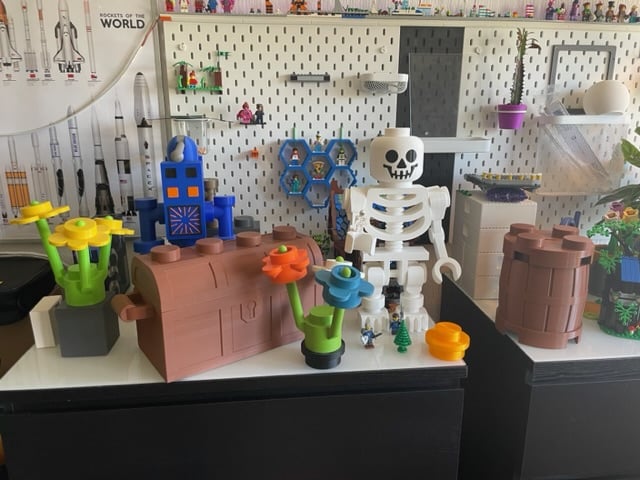I was feeling the same :D.
Boy, because of 500c you made me do all that? I was feeling like the Crimson Fleet treated me nicer here.
I was feeling the same :D.
Boy, because of 500c you made me do all that? I was feeling like the Crimson Fleet treated me nicer here.
Maybe this: https://www.microchip.com/en-us/product/PCI11400 Unfortunately to access the whole datasheet you might have to sign an NDA (and probably have a large company), also designing things with those kinds of interfaces isn’t trivial.
Alternatively maybe this: https://www.renesas.com/us/en/products/interface/usb-switches-hubs/upd720202-usb-30-host-controller It also seems to be locked by an NDA.
They are called soft termination, I’m not sure if that’s available for every component, it came to my attention on ceramic caps. It’s a dedicated feature you can filter components e.g. on Digikey.
I’d say that’s a version of a soft termination capacitor. They are used when there’s risk the board is flexed or exposed to mechanical or thermal shocks to prevent cracks in the capacitor (causing it to fail short).
Not sure if that helps your research. We have an (very expensive "upper 4 digit region" they didn’t tell me exactly) DJI drone (an Matrice 30T if I remember correctly) at work that has the option of operating autonomously with a base-station where it also automatically lands and recharges. The catch is it’s like impossible to operate autonomous UAVs here because of airspace restrictions (that’s why we only have the "manual" version without that base-station thingy). I’m not directly involved in the department that operates the drone so I don’t have more in depth insights but maybe that already helps a little.
Fun fact, our military had to cancel a large and very expensive drone program because the drone (a little larger one tho) couldn’t get certified in European airspace ("Eurohawk" if you want to google that). So I’m not sure how easy it will be to hack something together depending where you are in the world and what restrictions say there.
I did it somehow expect to be even more expensive, so I’m not that shocked.
Wet sanding (with appropriate sandpaper) makes a huge difference, especially for smaller grid sizes.
But it’s probably easier to just get some individual pieces from Bricklink.
It’s not really missing, there’s some life-insurance fraud going on.
For example these things here:

I remember being a child and building a space station (it looked a bit like StarLab so I guess the station in general was on TV or in a book) with a solar array that shape, my parents were a little angry and asked where that shape came from. I didn’t have a clue so I basically just said I liked the symmetry. They told me that’s a "very bad shape and that I have to rebuild it. It ended up being 8-shaped, which was also nice.